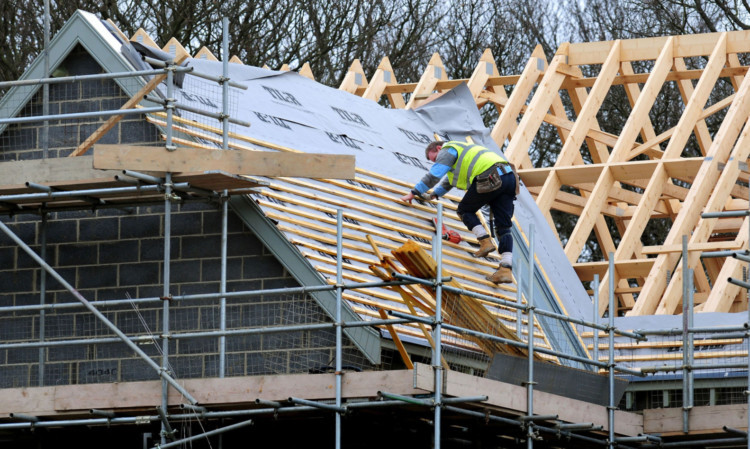Activity across Britain’s building sites grew at its fastest pace for nearly six years last month amid a “new dawn” for the hard-hit construction industry.
Figures from the closely-watched Markit/CIPS purchasing managers’ index (PMI) showed a reading of 59.1 in August, up from 57 in July, signalling the best rise in output since September 2007.
It is the fourth month of expansion in the construction sector identified by the survey in a row, with a reading of above 50 repesenting growth.
The figures add to mounting optimism over the recovery with all sectors of the economy showing a marked improvement and experts claiming factories are “booming again” following the strongest growth in output for nearly two decades.
Chartered Institute of Purchasing and Supply chief executive David Noble hailed “a new dawn breaking in construction”.
“The industry recorded the fastest pace of growth since 2007 in August, leaving the dark days of recession behind,” he said.
Tim Moore, senior economist at Markit and author of the PMI report, added: “The latest construction PMI figures are yet another indication that the UK economy has performed impressively over the summer months.”
Housebuilding remained the strongest sector once again, rising at a rate not seen since mid-2010, spurred on by government support schemes and cheaper mortgage finance sending buyers flocking to new developments.
But the construction data also suggested public sector demand was picking up as civil engineering saw its strongest growth since September 2007.
With another strong PMI reading from the powerhouse services sector expected today, the City believes the prospects for the recovery will put further pressure on Bank of England governor Mark Carney and his new forward guidance policy of linking rates to unemployment.
Mr Carney has sought to shore up his strategy, insisting that rates will stay at 0.5% for at least another three years, as unemployment is unlikely to fall to 7% during that time.
But markets are proving hard to win over, pencilling in a rate rise in the first quarter of 2015.
CMC Markets analyst Michael Hewson said the bank, which will deliver its latest rates decision on Thursday, “could well be in danger of losing credibility if it continues to repeat the line that the recent economic data doesn’t support the increase in market rates” if the economic picture continues to improve.
